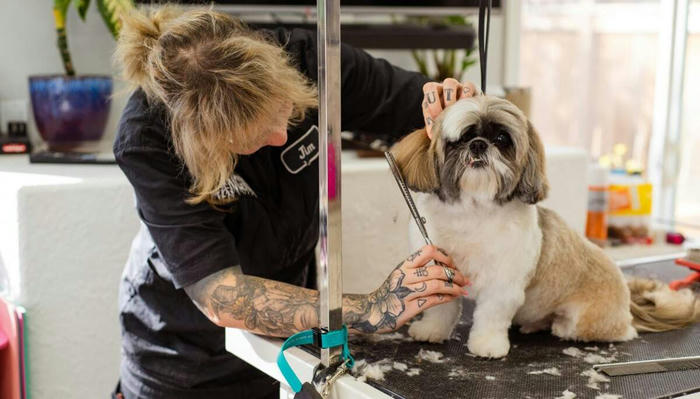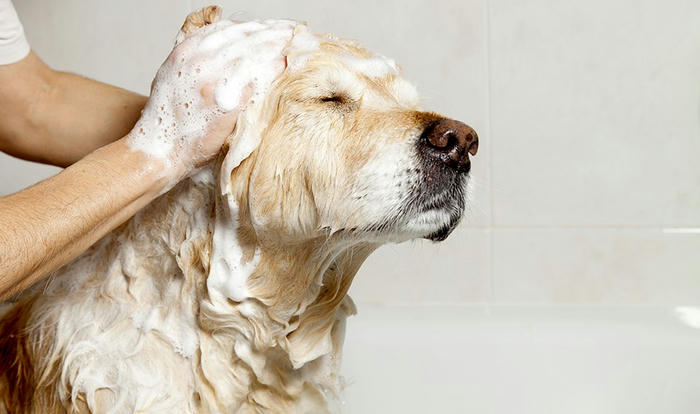Unlocking the World of Professional Pet Grooming: Skills, Training, and Global Opportunities
The pet care industry is booming worldwide, with owners in the United States, Japan, Germany, and beyond prioritizing their furry companions’ health and appearance. For those passionate about animals, becoming a professional pet groomer offers a dynamic career path that blends creativity, technical skill, and emotional connection. This guide dives into the core responsibilities of pet groomers, explores top-tier training programs, and uncovers the thriving job market across continents—from London’s luxury pet spas to Tokyo’s high-demand grooming salons.
The Art and Science of Pet Grooming: More Than Just a Haircut
Pet grooming is a multifaceted profession that requires precision, empathy, and a deep understanding of animal behavior. A groomer’s day begins with assessing a pet’s health—checking for skin irritations in a Poodle in Paris, detecting ear infections in a Shiba Inu in Osaka, or identifying parasites on a Dachshund in Cape Town. Each grooming plan is tailored to the animal’s breed, coat type, and owner preferences. For example, a Bichon Frise in Montreal might receive a breed-specific “puppy cut,” while a Persian cat in Rome needs meticulous mat removal.
Beyond aesthetics, groomers perform critical health tasks: trimming nails to avoid joint stress, expressing anal glands to prevent discomfort, and applying flea treatments in cities like Sydney, where parasites thrive in warmer climates. The role demands patience—calming anxious pets during blow-drying or using deshedding tools on a Husky in Toronto’s harsh winters. This combination of technical expertise and emotional intelligence makes grooming both challenging and deeply rewarding.

Global Training Pathways: Building Expertise From Home or Studio
Aspiring groomers in New York, Johannesburg, or Berlin can now access world-class education through flexible online programs. The Professional Dog Grooming Academy (PDGA) offers three certification tiers. Its beginner course teaches breed identification and safe handling—essential for working with reactive breeds like Chihuahuas in Los Angeles or Bull Terriers in Manchester. Advanced modules cover show-stopping styles, such as the “lion cut” for cats popular in Dubai or the hand-stripping techniques required for Wirehaired Pointers in Brussels.
Meanwhile, the Animal Behavior College (ABC) bridges theory and practice. Students in São Paulo or Seoul complete 150 hours of mentored externships, mastering skills like de-matting a Collie’s double coat or sanitizing tools to EU hygiene standards. The program even includes pet CPR certification—a lifesaving skill when grooming senior pets in Madrid or flat-faced breeds prone to respiratory issues.
For those seeking feline specialization, Penn Foster’s curriculum addresses unique challenges: safely restraining anxious cats (a common issue in Tokyo’s dense urban apartments) or managing hairballs during grooming sessions in Vancouver. These programs eliminate geographic barriers, allowing a student in Nairobi to learn from instructors in Toronto while preparing for local certification exams.

Career Surge: Why Pet Grooming Is a Future-Proof Profession
The numbers speak volumes: The global pet grooming market is projected to grow by 6.3% annually, driven by trends like “pet humanization” in Milan and rising disposable incomes in Mumbai. In the U.S. alone, 67% of households own pets, creating demand for skilled groomers who earn an average of $44,386 annually. But salaries vary intriguingly by region—a groomer in Zurich might command €50,000 due to Switzerland’s high living costs, while specialists in Dubai’s luxury sector can exceed $60,000 through tips and premium services.
Entrepreneurial opportunities abound. Take Maria, a PDGA graduate in Barcelona who transformed her home studio into a holistic wellness center offering aromatherapy baths for arthritic dogs. Or Kenji in Osaka, whose niche in Japanese Bobtail cat grooming earned him partnerships with local breeders. Corporate pathways exist too: chains like Pets Corner in the UK and Petland in Canada actively recruit certified groomers for management roles.
Cultural Nuances: Adapting Your Skills to Local Markets
Success requires understanding regional preferences. In France, where poodles are fashion icons, groomers must master elaborate Continental cuts. Germany’s strict animal welfare laws demand expertise in stress-free handling techniques, while South African groomers often focus on tick prevention for outdoor-active breeds like Rhodesian Ridgebacks. Japan’s market values ultra-sanitary “pet beauty stations” with separate washing areas—a standard that’s spreading to cities like San Francisco and Sydney.
Seasonality also plays a role: Toronto groomers prep dogs for winter with paw wax applications, while those in Riyadh prioritize cooling summer trims. By aligning with these nuances—and supplementing training with language courses or cultural workshops—groomers can tap into niche markets.
Your Next Step: Seize the Momentum
The pet grooming revolution is here. Whether you’re in Cape Town dreaming of a mobile grooming van or in Berlin aiming to specialize in rare breeds, accredited programs like PDGA and ABC provide the springboard. Start by enrolling in a foundational course, then leverage alumni networks to secure apprenticeships at established salons in your region. With 89% of groomers reporting high job satisfaction, there’s never been a better moment to turn your passion for pets into a thriving, global career.
